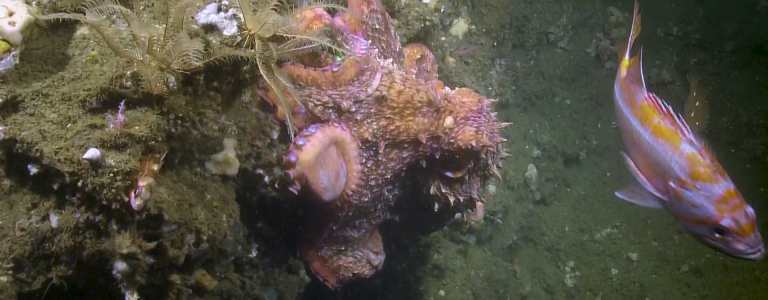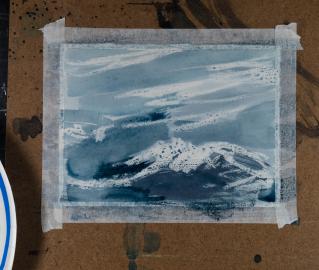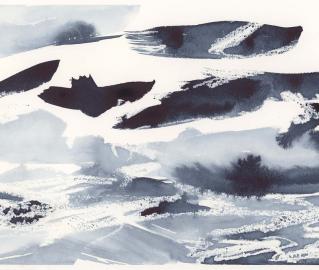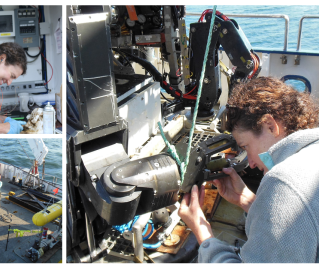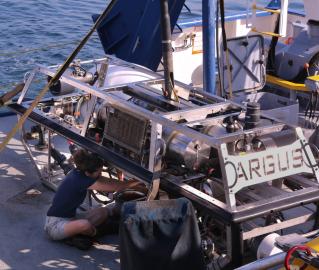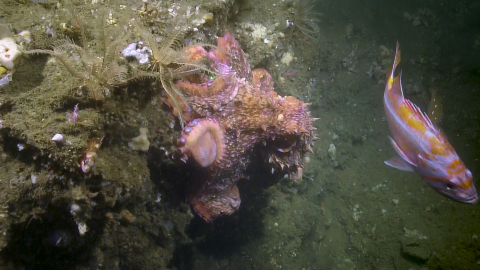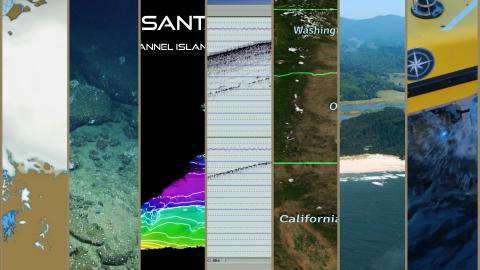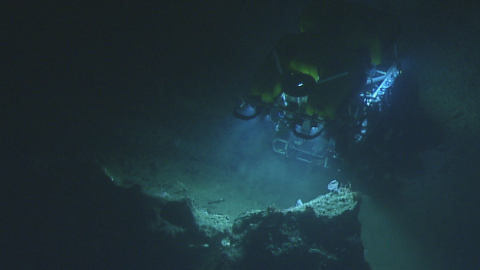Returning south along the coast of Oregon, this expedition will conduct geophysical surveys near Heceta Bank in order to search for late Pleistocene-aged remnant landforms and possible archaeological sites. This is a multidisciplinary problem that requires data generated by Earth scientists and archaeologists to answer questions about past coastal environments and prehistoric human migration.
The question of how and when humans migrated from northeastern Asia into North America is currently a significant archaeological topic. Archaeologists hypothesize the earliest archaeological sites in the New World may be found along the northeastern Pacific Ocean’s coastal margin where they are buried in submerged terrestrial landforms that were once part of exposed ancient coastal landscapes. Coastal migration theory may be tested by searching for, locating and extracting samples of submerged archaeological sites positioned along past coastlines. Nautilus will search for evidence of the first North Americans by exploring areas of Oregon’s Pacific outer continental shelf that were above sea level.
Nautilus will conduct offshore research activities in two study areas positioned along Oregon’s central coast, including the lower reach of the ancient Umpqua River–one of Oregon’s largest coastal drainages. This project will use recent geophysical surveys to collect further baseline multibeam sonar data and subbottom surveys on seafloor morphology and stratigraphy and collect digital imagery to inform when and how Oregon’s past coastal environment evolved toward its modern form.
